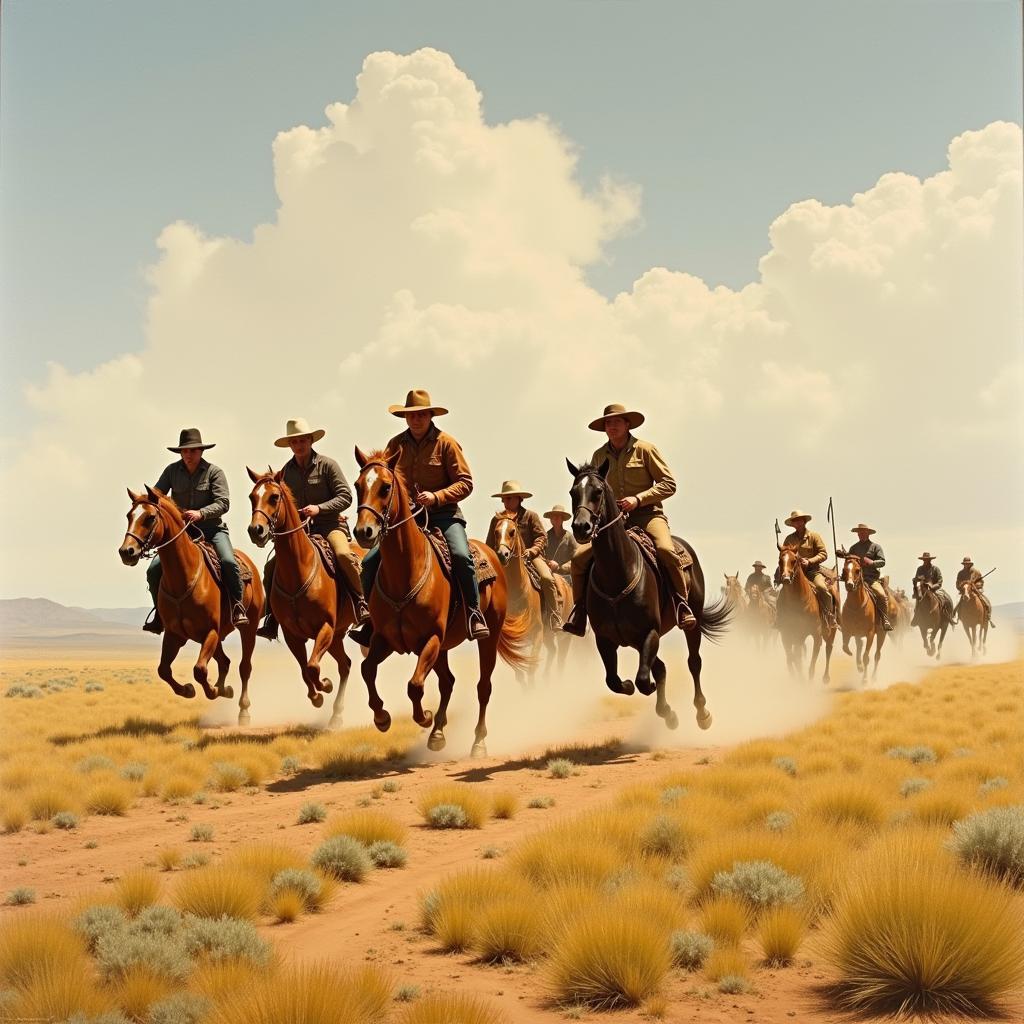From the rolling hills of the English countryside to the rugged landscapes of the American West, horses have captivated artists for centuries. Their grace, power, and undeniable spirit have been immortalized in countless paintings, each brushstroke revealing a unique interpretation of these magnificent creatures. For those who find beauty in both art and horses, exploring the world of equine art can be a richly rewarding experience.
A Legacy of Equine Art: Tracing the History
The earliest known depictions of horses date back to prehistoric cave paintings, such as those found in Lascaux, France. These ancient renderings, while simple in form, demonstrate an early fascination with capturing the essence of the horse. As civilizations developed, so too did artistic techniques and the role of the horse in society. Horses became integral to warfare, agriculture, and transportation, influencing the art of ancient Greece, Rome, and Egypt.
The Renaissance: Horses Take Center Stage
The Renaissance marked a turning point in equine art. Artists like Leonardo da Vinci and Albrecht Dürer studied equine anatomy with meticulous detail, resulting in remarkably lifelike portrayals. Da Vinci’s unfinished masterpiece, “The Battle of Anghiari,” though only surviving through copies, showcases his unparalleled ability to capture the dynamic movement and raw power of horses in battle.
Dürer, renowned for his precise engravings, elevated the depiction of animals to a new level. His work, such as “The Large Horse” (1505), reveals his mastery of anatomical detail and his ability to convey the gentle nature of the horse through subtle nuances in line and shading.
The Romantic Era: Horses as Symbols of Freedom
The Romantic era of the 19th century brought a shift in artistic focus, emphasizing emotion and individualism. Horses, often depicted in wild and untamed settings, became potent symbols of freedom and the sublime power of nature. Artists like Théodore Géricault and Eugène Delacroix embraced this theme, their paintings imbued with a sense of drama and movement.
 gericault-the-charging-chasseur
gericault-the-charging-chasseur
Géricault’s “The Derby at Epsom” (1821) captures the thrill and spectacle of horse racing, while Delacroix’s “The Lion Hunt” (1861) depicts a ferocious struggle between man and beast, with horses playing a central role in the dramatic scene.
The American West: Horses and the Frontier Spirit
Across the Atlantic, a new breed of artists emerged, inspired by the untamed landscapes and adventurous spirit of the American West. Artists like Frederic Remington and Charles Russell became renowned for their depictions of cowboys, Native Americans, and, of course, horses.
 remington-a-dash-for-the-timber
remington-a-dash-for-the-timber
Remington’s dynamic compositions and meticulous attention to detail brought the West to life for audiences in the East, while Russell’s intimate knowledge of Native American cultures and his deep respect for horses imbued his work with a unique authenticity. Their paintings continue to resonate with audiences today, evoking the spirit of adventure and the enduring bond between man and horse.